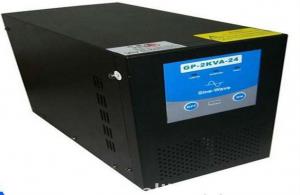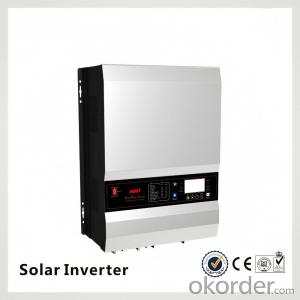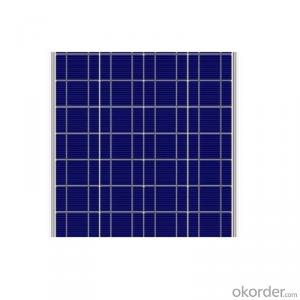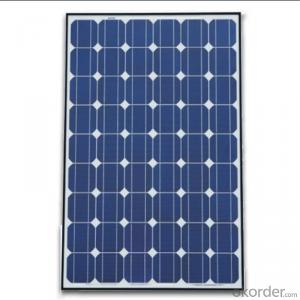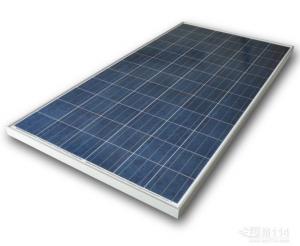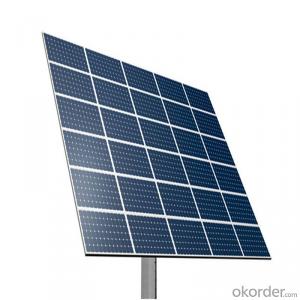2000 Watt Solar Inverter
2000 Watt Solar Inverter Related Searches
Solar Power Inverter For Rv Solar Power Kit With Inverter Inverter In Solar Power Plant Best Solar Power Inverter Home Solar Power Inverter Best Off-Grid Solar Inverter Best Off Grid Solar Inverter On Grid Solar Power Inverter Off Grid Solar System Inverter Best Hybrid Solar Inverter UkHot Searches
Best China Solar Inverter Solar Inverter In Dubai Solar Inverter In Saudi Arabia Solar Inverter In Uae Solar Inverter In Kerala Solar Inverter In Nepal Solar Inverter In Burpengary Solar Inverter In Caboolture Solar Inverter In Chennai Solar Inverter In Lebanon China Solar Inverter 3kw 220v China 220v Solar Inverter China 10kva Solar Inverter China Solar Inverter 1000kw China 5000w Solar Inverter China 850va Solar Inverter China Infini Solar Inverter Solar Inverter China Solar Pump Inverter Price Solar Electric Inverter Price2000 Watt Solar Inverter Supplier & Manufacturer from China
Okorder.com is a professional 2000 Watt Solar Inverter supplier & manufacturer, offers integrated one-stop services including real-time quoting and online cargo tracking. We are funded by CNBM Group, a Fortune 500 enterprise and the largest 2000 Watt Solar Inverter firm in China.Hot Products
FAQ
- The importance of voltage and frequency control in a solar inverter is crucial for maintaining the stability and reliability of the power output. By regulating the voltage and frequency levels, the inverter ensures that the electricity generated from the solar panels is in sync with the grid requirements. This control is necessary to prevent damage to electrical appliances and equipment, maintain grid stability, and enable seamless integration of solar energy into the existing power system.
- The input current rating of a solar inverter directly affects its performance as it determines the maximum amount of current that can be supplied to the inverter. If the input current rating is too low, the inverter may not be able to handle the power generated by the solar panels efficiently, resulting in reduced performance. Conversely, if the input current rating is high, the inverter can handle a larger amount of power and perform optimally. Therefore, selecting an inverter with an appropriate input current rating is crucial for ensuring smooth and efficient operation of a solar power system.
- Yes, a solar inverter can be used with a solar-powered irrigation system. The solar inverter is responsible for converting the DC power generated by the solar panels into AC power, which can then be utilized to power the irrigation system. This allows for efficient and sustainable water distribution in agricultural fields through the use of solar energy.
- The maximum temperature range for a solar inverter typically varies between -25°C to 60°C (-13°F to 140°F), although it can vary depending on the specific model and manufacturer.
- The role of a solar inverter in preventing system downtime is to convert the direct current (DC) produced by solar panels into alternating current (AC) that can be used to power electrical devices and to feed excess energy back into the grid. By maintaining a stable and reliable flow of electricity, solar inverters help prevent disruptions and downtime in the solar energy system, ensuring continuous operation and maximizing energy efficiency.
- The role of a solar inverter in a solar panel system is to convert the direct current (DC) electricity generated by the solar panels into alternating current (AC) electricity that can be used to power household appliances and be fed back into the electrical grid. It also ensures that the electricity produced by the solar panels is of the correct voltage and frequency for safe and efficient use in homes and businesses.
- Yes, a solar inverter can be used with different types of grid support functions. Solar inverters are designed to convert the direct current (DC) produced by solar panels into alternating current (AC) that can be fed into the electrical grid. They can be configured to provide various grid support functions such as reactive power control, voltage and frequency regulation, and anti-islanding protection. These functions allow solar inverters to actively support the stability and reliability of the grid, regardless of the specific requirements of the grid system.

